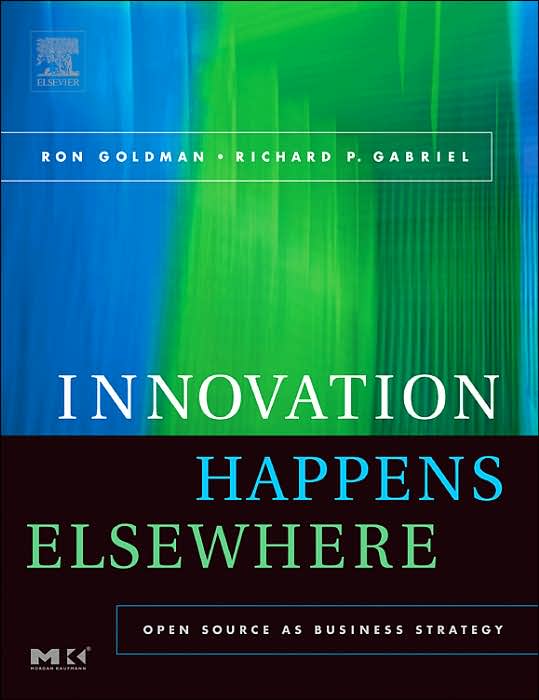|
Previous Table of Contents Up Next Design IssuesEarlier we have mentioned that low-code quality can be an issue. Similarly, a poor or otherwise deficient system design can lead to less success than could be hoped for. In large part, successful open-source projects have been either copies of good designs (Linux, for example) or have been designed by extraordinary designers. In some cases, their work had already been proven in the form of a series of excellent designs, and in others they were new talents in the making. A company should think carefully about how good a design it is thinking of offering as an open-source project. In most cases, a company should offer software designed by proven designers or else do a careful design review before releasing the code, followed by revisions if needed. An interesting but complex example of this is NetBeans versus Eclipse--this illustrates the design quality issue and also the first-mover myth. NetBeans started as a student project (originally called Xelfi) in the Czech Republic in 1996. The goal was to write a Delphi-like Java IDE in Java. A company was formed around this project, called NetBeans. Sun acquired the company in 1999 and soon thereafter open sourced the code. Eclipse was designed and initially implemented by OTI, a Canadian company that had previously been acquired by IBM. OTI had extensive experience developing programming environments. Eclipse was released as open source several years after NetBeans. The two designs differ dramatically in maturity and quality. Part of this has to do with the experience levels of the two design groups, but some has to do with when the designs were done and the different knowledge levels--1996 versus 2000 and students versus older professionals. The later Eclipse design has a sophisticated but easy-to-handle plug-in architecture with XML manifests, which reflected the growing use of XML that was apparent to OTI but hidden in the future for the NetBeans student team. At this point (spring 2004), Eclipse is regarded as superior and has more mind- and market share, but NetBeans has a considerable following and is making design and architecture changes. Nevertheless, any company would be wise to be sure of the quality and maturity of a design before releasing it.
|
|||
|
|


